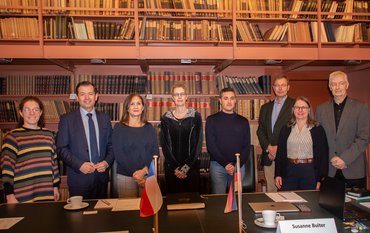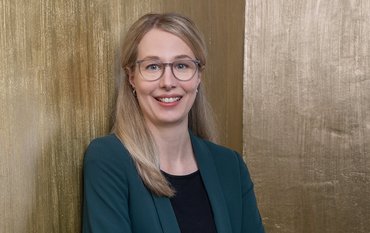28.12.2016: Accuracy of space weather prediction depends strongly on the quality of the models. A team led by the GFZ German Research Centre for Geosciences demonstrates how errors in the algorithms can lead to wrong predictions. The authors present a new algorithm for modelling of the electron flux in the geosynchronous orbit which is important for telecommunication and navigation satellites.
The sun ejects plasma into space, which is shielded by the Earth’s magnetic field. However, some of these energetic particles can penetrate this protective shell, deposit in the satellite shielding, create accumulation of charges and damage electronics. Since the intensity of the electron flux depends on solar activity, scientists strive to predict this „space weather“ as it provides essential information to satellite operators.
Similar to terrestrial weather forecast, the space weather forecast is provided by the models. The better the algorithm, the better the accuracy of the model. Nikita Aseev and Yuri Shprits from the GFZ and colleagues from UCLA present validation of a space weather prediction model. They focus on the geosynchronous orbit, that is used by telecommunication and meteorological satellites.
In the AGU Space Weather Journal they showed how the accuracy of the radiation belt model can affect the prediction of space weather events. „Errors in the algorithms can lead to wrong conclusions and inaccurate predictions,“ says Nikita Aseev. This can have far-reaching consequences. Either the spacecraft is threatened by massive electron flux which suddenly hits the satellite, or the operator faces economic loss by turning off the craft for safety reasons – and it turns out that there was no space weather event at all.
In particular, the authors used a very accurate numerical algorithm to model the electron transport in the radiation belt. To validate the algorithm, the scientists divided the sophisticated model into several simpler problems, each describing only one distinct physical process affecting the electrons, e.g., convection and diffusion in the belt. All simplified problems were tested in order to get the exact solution and to investigate errors induced by the space weather model.
„Space weather is a relatively young field,“ says GFZ Professor Yuri Shprits, group leader of “Magnetospheric Physics” in Section “Earth's Magnetic Field” and co-author of the paper. „We need to set new standards on how to validate the space models. This study provides an excellent example of how that could be done.“
Moreover, the editors of the AGU journal praise the study. „The manuscript highlights the need for detailed assessment of the stability and accuracy of models in the field of space weather and provides a great example in terms of models that predict relativistic electron fluxes at geosynchronous orbit. This is an important environment because those particles are a hazard to the many operational spacecraft that utilize geosynchronous orbit.“ (rn)
Aseev, N. A., Y. Y. Shprits, A. Y. Drozdov, and A. C. Kellerman (2016), Numerical applications of the advective-diffusive codes for the inner magnetosphere, Space Weather, 14, 993–1010, doi:10.1002/2016SW001484
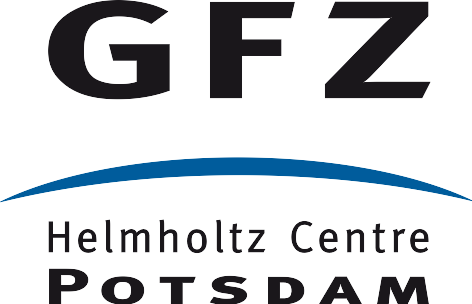


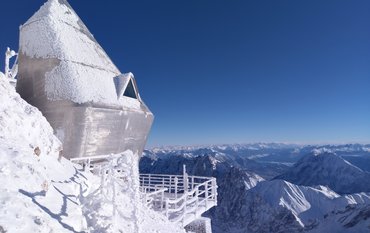
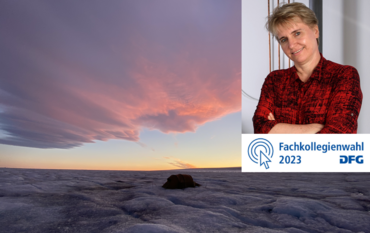
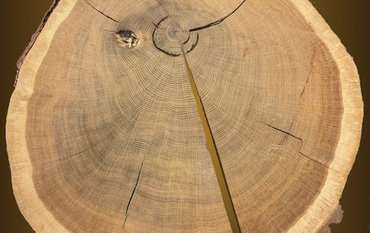
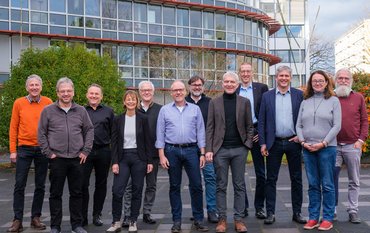
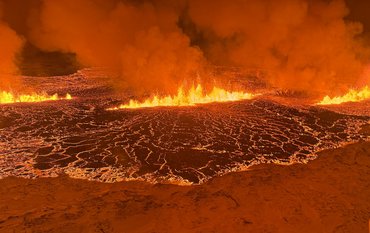
![[Translate to English:] Torsten Sachs in front of a climate station on a field](/fileadmin/_processed_/3/9/csm__TorstenSachs_bearbeitet_GS_4a1365ef84.jpeg)
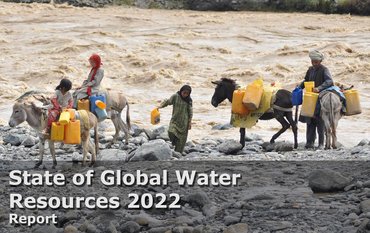
![[Translate to English:] left image flood at the Ahrtal: image from above, several houses are flooded; left image:: Heidi Kreibich;](/fileadmin/_processed_/4/4/csm_Bild2_9af0130e9f.png)
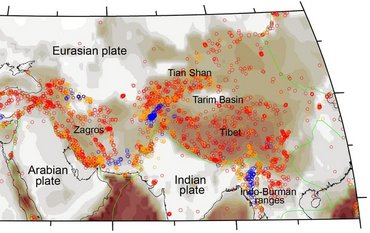
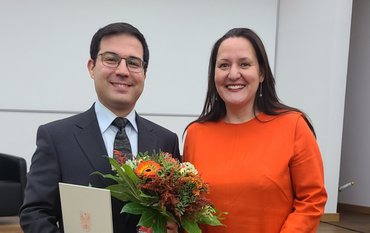
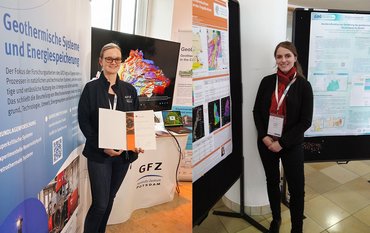
![[Translate to English:] Start der Vega Rakete](/fileadmin/_processed_/6/4/csm_20231201-kachel_Vega-VV23-launch_ESA-CNES-Arianespace_706716b68c.jpeg)
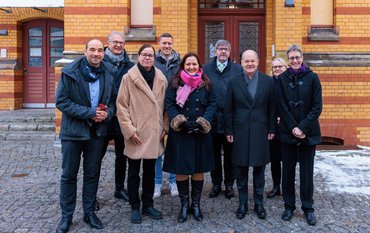
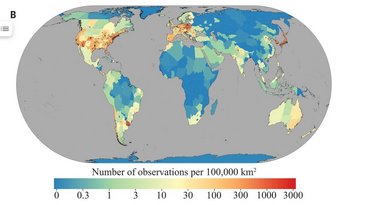
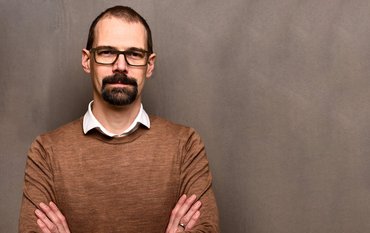
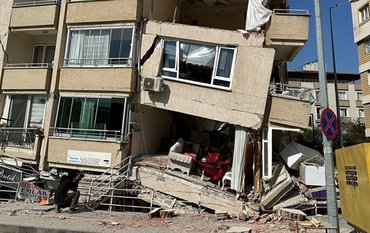
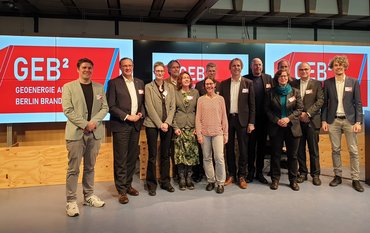
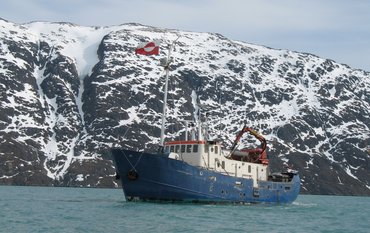
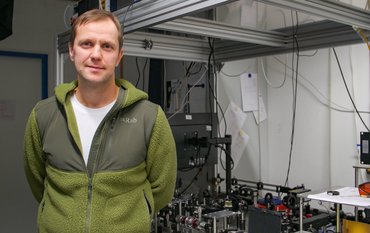
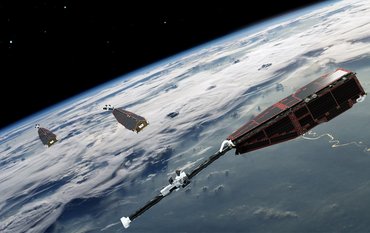
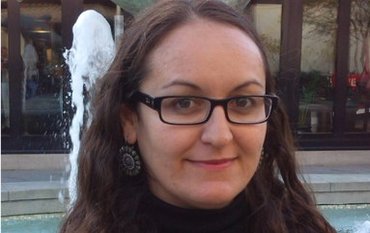
![[Translate to English:] Poster exhibition at the Brandenburg Hydrogen Day at the GFZ, some participants in the foreground](/fileadmin/_processed_/6/5/csm_Erster_Brandenburgischer_Wasserstofftag_GFZ_402fcec95e.jpeg)
![[Translate to English:] Group picture of the participants](/fileadmin/_processed_/9/4/csm_20231108_CAWa-Workshop-Tashkent_Gruppenbild_99ea779d8a.jpeg)
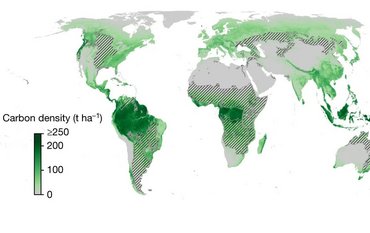
![[Translate to English:] [Translate to English:] Hörsaal](/fileadmin/_processed_/e/6/csm_H%C3%B6rsal_e21ac645fb.jpeg)
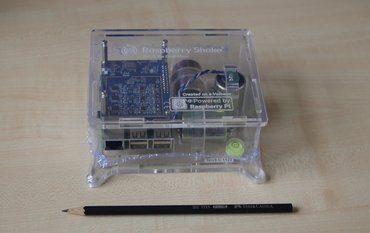
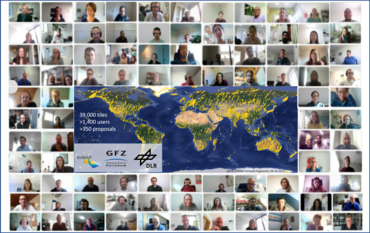
![[Translate to English:] The Delegations in the Historic Library on the Telegrafenberg. In the back there are from left to right, the Dutch Ambassador for Germany, Ronald van Roeden, the Dutch Minister for Education, Culture and Science, Robbert Dijkgraaf and the scientific director of the GFZ, Susanne Buiter.](/fileadmin/_processed_/d/b/csm_Kachel-2_9eba4b4212.jpeg)
